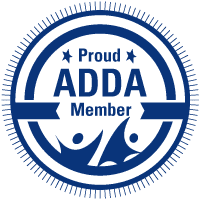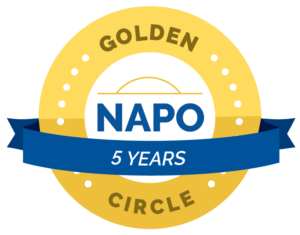“The single biggest problem in communication is the illusion that it has taken place.”
Oh my gosh, how many times has this been the case?
There are so many ways to communicate these days, determining what kind of communication to use is key.
Types of communication:
Internal: I look at internal communication in two ways: within our businesses or within our own heads. Both require thoughtfulness, kindness, quality, clarity, and compassion.
External: Are we communicating business-to-business or with others inside or outside our social circles?
Formal: This type of communication may be constricted to pre-determined channels (think group silos or corporate hierarchies) or formats (legally binding documents, process documentation, purchase orders, etc.). Formal communication is generally written, may take longer to craft and disseminate, and is potentially more reliable.
Informal: This type of communication can happen more freely and may include cross-group or one-on-one communication, including verbal, text, instant message, etc. Informal communication sometimes happens at the speed of sound (literally) and may not be 100% reliable (“I heard it through the grapevine”).
Verbal: Ah, the incredible power of the spoken word. Whether we are receiving verbal communication in a formal setting (meetings, lectures, etc.) or an informal setting (water cooler chit-chat), it’s not just the words that have power. Tone, inflection, volume (“I’m NOT yelling.”) and body language have an incredible amount of influence.
Written: Although we may think of written communication as putting a pen (or printer) to paper, written communication also includes e-mails, texts, and many social media platforms. Written communication does not just include traditional letters and number, symbols are beginning to take center stage (visualize a winking emoji here). Another powerful form of written communication is visual elements such as drawings, diagrams, graphs, etc.
Non-verbal: This is a tricky nuance of communication. A 1991 University of California study indicated that only 7% of any communication is the choice of words; 93% is conveyed through body language and tone of voice.* Non-verbal communication ques include facial expressions, gestures, physical proximity, body language, and silence (interpreting the absence of words is most-often the trickiest of all).
In addition to trying to figure out the best type of communication, timing is a huge factor also. Sometimes we are in such a hurry to brain-dump information that we don’t pay attention to whether it’s a good time for the recipient to receive it. On more than one occasion I’ve been tempted to mention something that is non-urgent to my husband as he is walking out the door in the morning, somehow expecting him to retain that information in addition to everything else he needs to process to get out the door. Great intent, bad timing.
What’s your communication Achilles heel? What can you do to keep the focus on the how and when of communication? If you think you can use some additional help in the communication department, might I suggest contacting my colleague Amber Nelson of The Lingo Institute (amber.nelson@lingoconsultinginc.com ), visit her website and check out her amazingly informative blog. Amber’s passion is transforming complex concepts into actionable, accessible messages for a vast array of audiences to inform, inspire, and innovate.
And lastly . . . .
“Honest communication is built on truth and integrity and upon respect of the one for the other.”
Cindy Jobs, COC, ACC
Looking for more information?
Click here for 15-minute organizing tips.
Click here to schedule a complimentary breakthrough session.
For more helpful information, follow me on Facebook.



Attention Deficit Disorder Association
National Association of Productivity & Organizing Professionals, Seattle Chapter Vice-President
International Coach Federation
Institute for Challenging Disorganization
Level I Certificates earned in Chronic Disorganization; ADD; Client Administration; Time Management; Mental Health; and Hoarding.
Level II Specialist Certificates earned in Chronic Disorganization and ADHD
*Source: Listening to Bodies, A Somatic Primer, Suzanne Zeman







